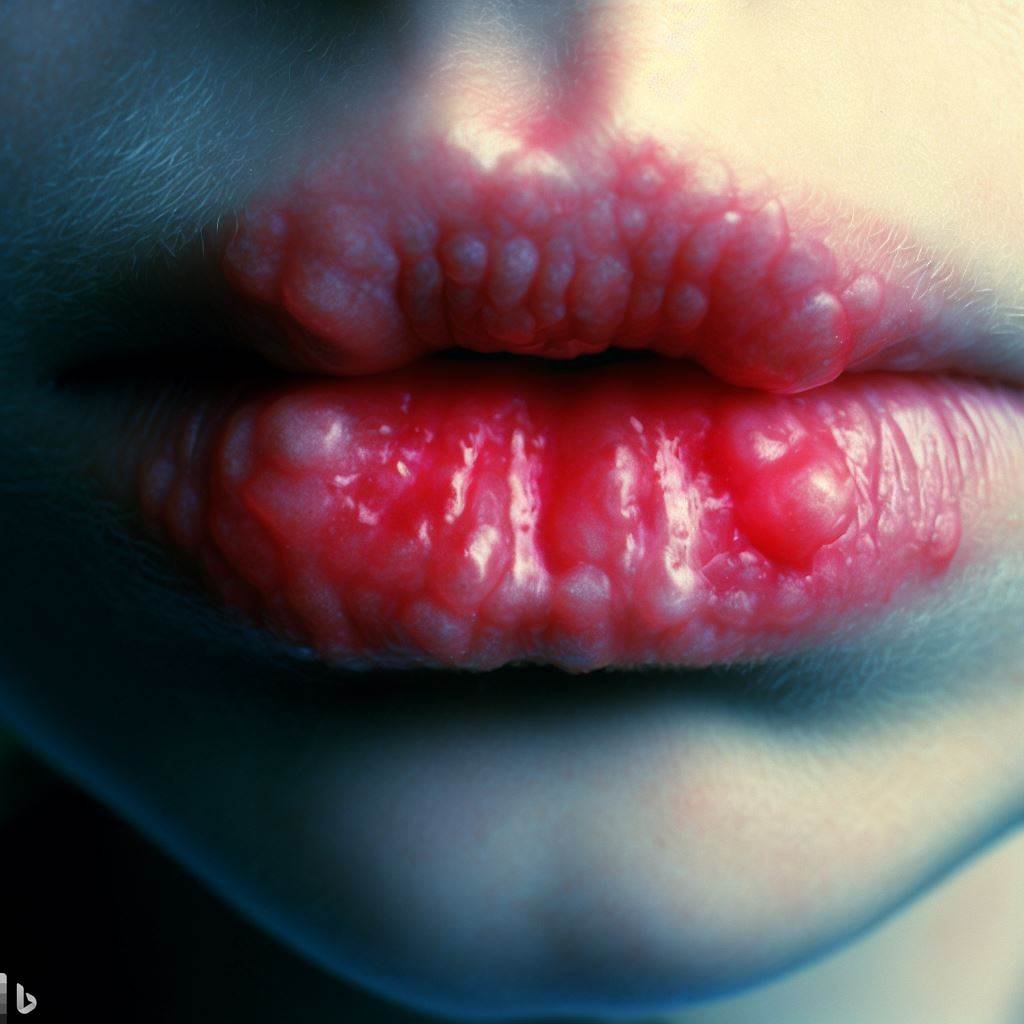Introduction to Impetigo
Impetigo. You might’ve heard the term before, but what exactly is it? This common and highly contagious skin infection primarily affects infants and children, but it can make life quite uncomfortable for adults, too.
What is Impetigo?
Impetigo is a bacterial skin infection that results in sores and blisters. It’s not a serious condition, but it can be very uncomfortable and, if untreated, can lead to complications.
Types of Impetigo
There are two main types of impetigo: non-bullous and bullous. The former is more common and presents as sores that rupture, leaving a yellow-brown crust. Bullous impetigo, on the other hand, causes larger fluid-filled blisters.
Causes of Impetigo
So, what causes impetigo? It’s typically the result of two types of bacteria: Staphylococcus aureus and Streptococcus pyogenes.
Risk Factors
Certain factors can increase the risk of contracting impetigo. These include age, broken skin, and crowded environments.
Symptoms of Impetigo
Now, how would you recognize impetigo? It often starts as a red sore near the mouth or nose, which then ruptures and oozes for a few days before a crust forms.
Diagnosing Impetigo
When to See a Doctor
If you or your child shows symptoms of impetigo, it’s time to pay a visit to the doctor. It’s essential to get a proper diagnosis to receive the right treatment.
What to Expect at the Doctor’s Office
Your doctor will likely diagnose impetigo based on the appearance of the skin. In some cases, they might take a sample for lab testing.
Treatment for Impetigo
Once diagnosed, it’s time for treatment. Here’s the good news: impetigo is treatable with antibiotics.
Medications
Your doctor will likely prescribe a topical antibiotic cream. If the infection is more widespread, oral antibiotics may be required.
Home Remedies
Along with prescribed medications, good hygiene is crucial. Keep the area clean and avoid scratching or touching the sores.
Prevention
The best way to prevent impetigo is through good hygiene. Encourage your kids to wash their hands frequently, and discourage them from scratching sores or insect bites.
Conclusion
Impetigo may be an uncomfortable condition, but with the right knowledge and care, it can be treated and prevented. Remember, when in doubt, consult a healthcare professional.
FAQs
- Is impetigo contagious?
Yes, impetigo is highly contagious. It can spread through close contact or by sharing items like towels or toys. - How long does impetigo last?
With treatment, impetigo usually improves within a week. However, it’s important to complete the entire course of prescribed medication to prevent recurrence. - Can adults get impetigo?
While impetigo is more common in children, adults can also get it, especially those with a weakened immune system or a skin condition that causes breaks in the skin. - Does impetigo leave scars?
Impetigo can cause temporary redness and skin discoloration, but it doesn’t usually result in long-term scarring unless the sores are extensively scratched or picked. - Can I treat impetigo at home?
Impetigo requires a prescription medication for treatment. Home care can support the healing process, but it’s not a substitute for medical treatment. If you suspect impetigo, seek medical advice.
see here too link








